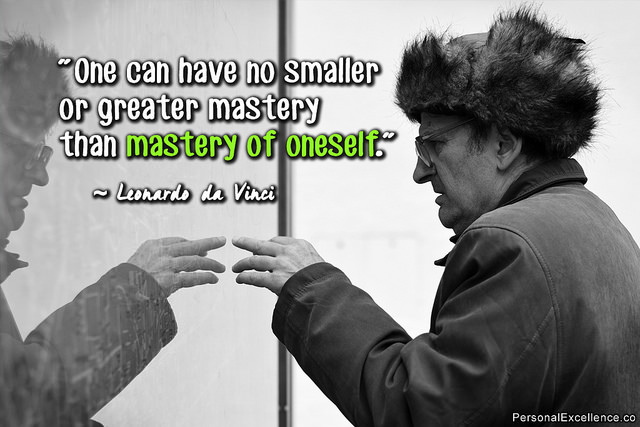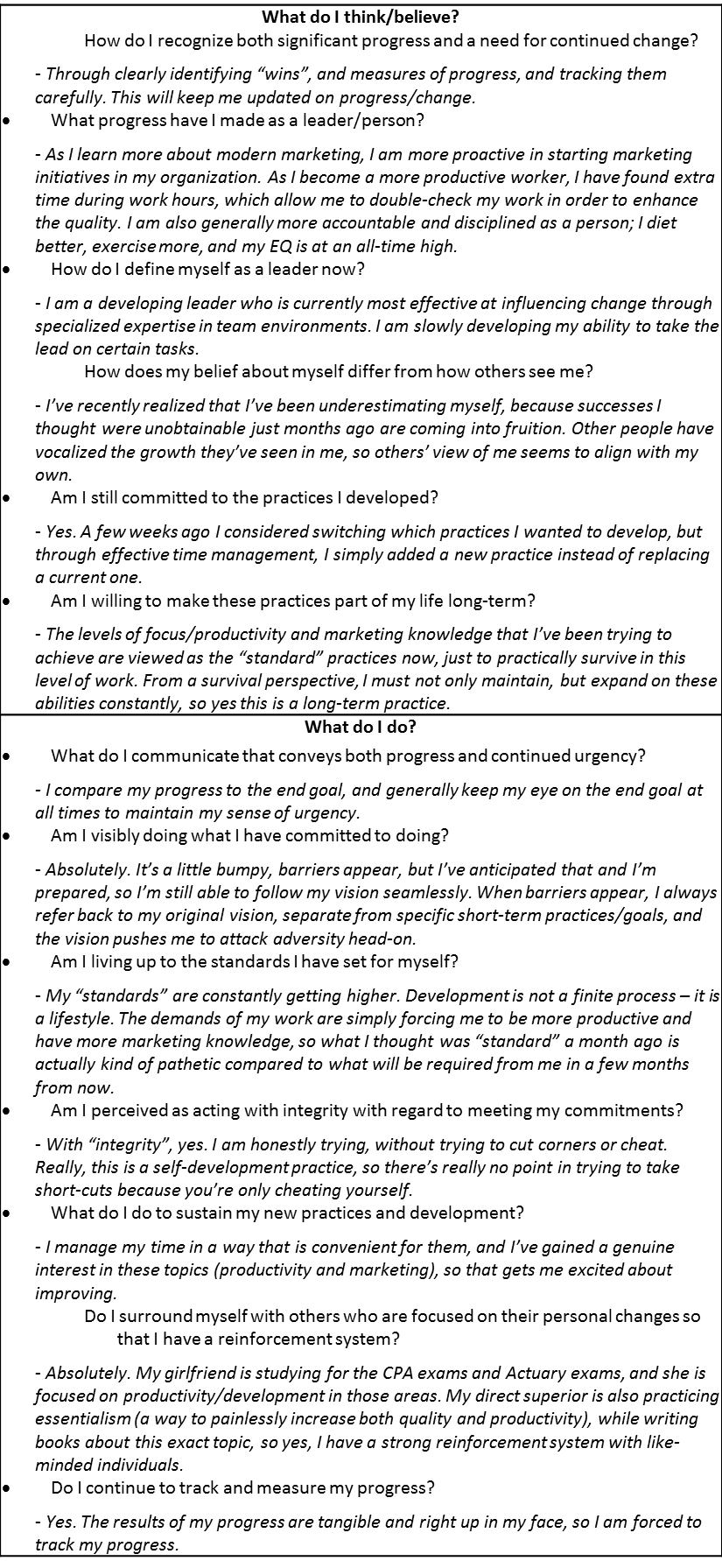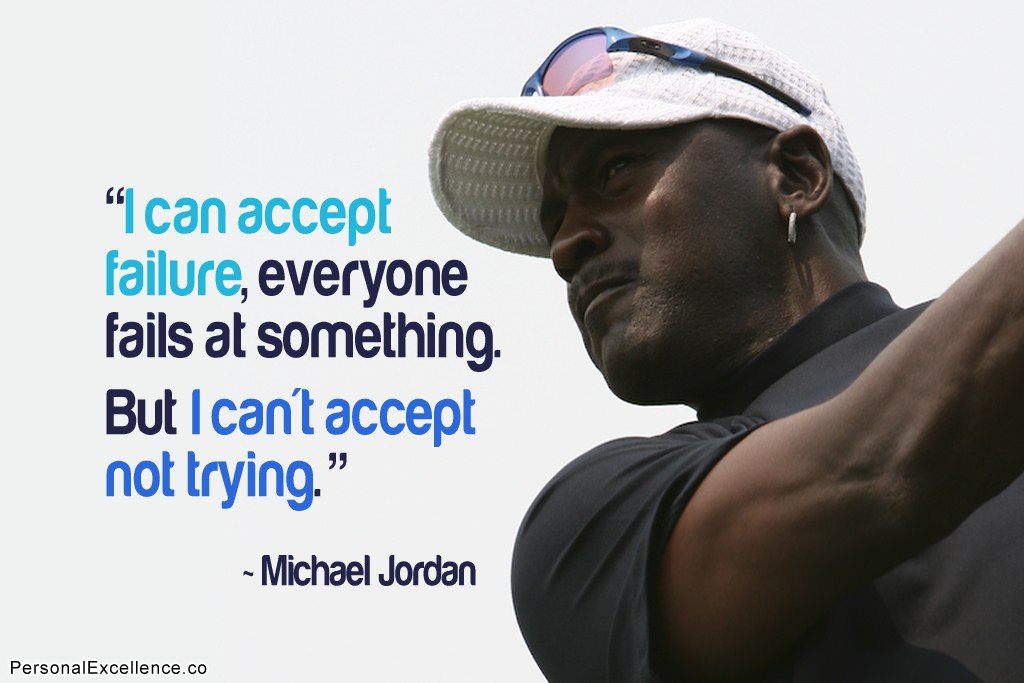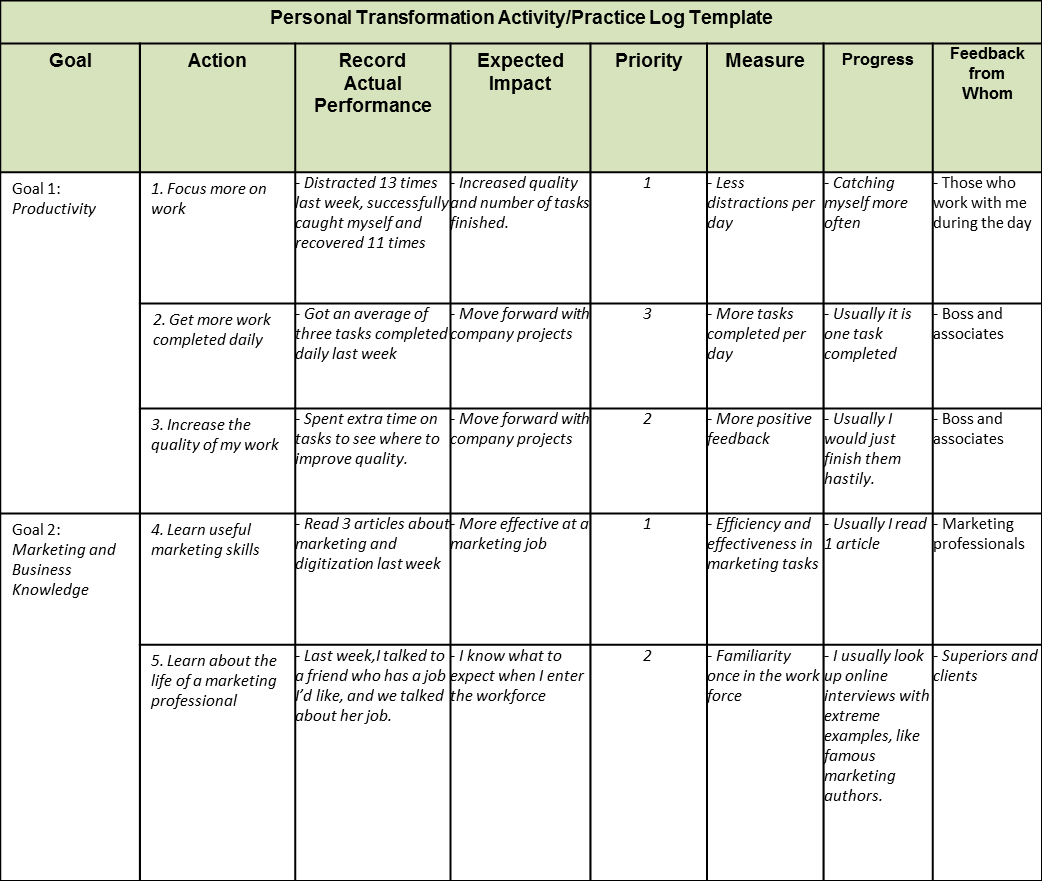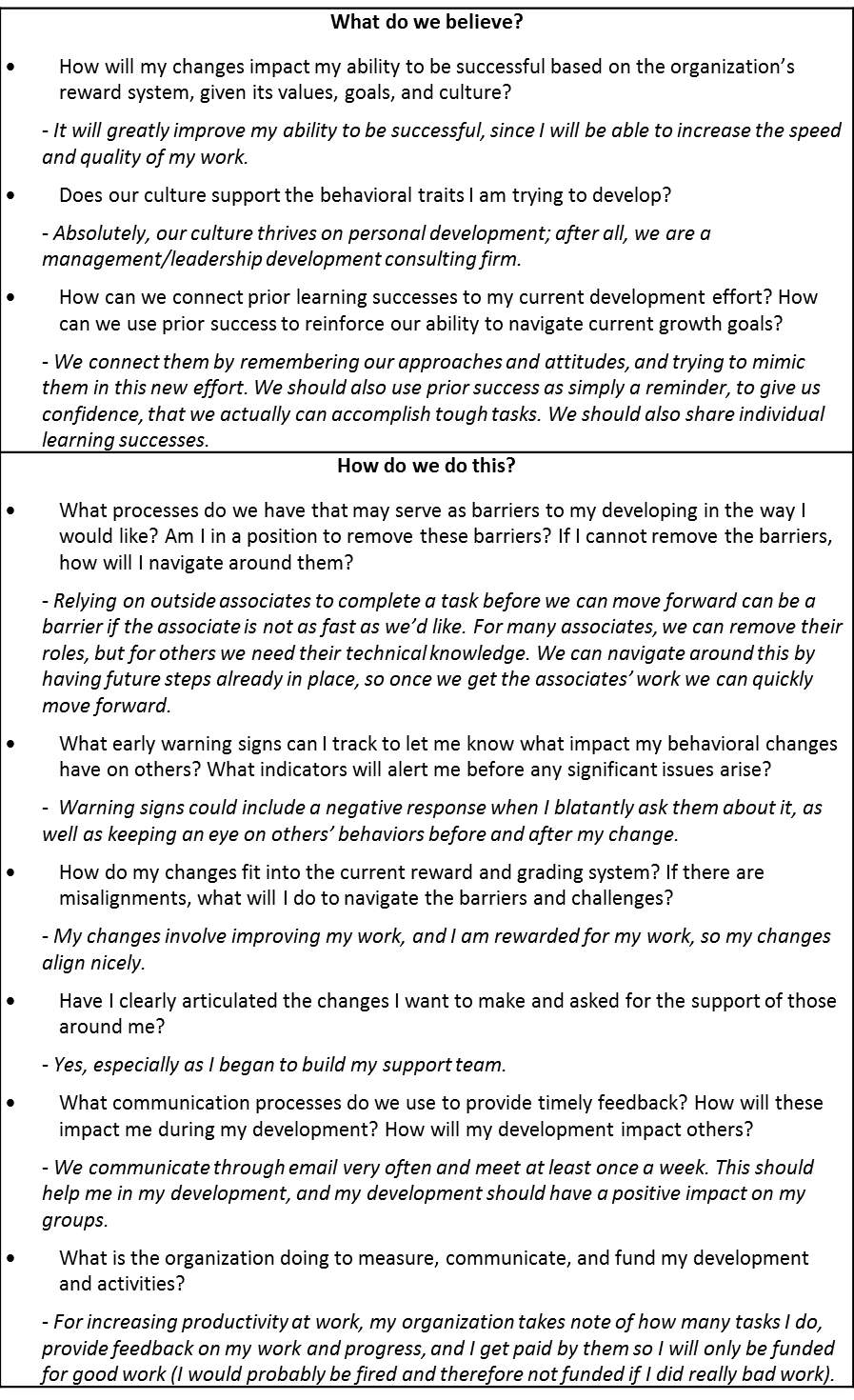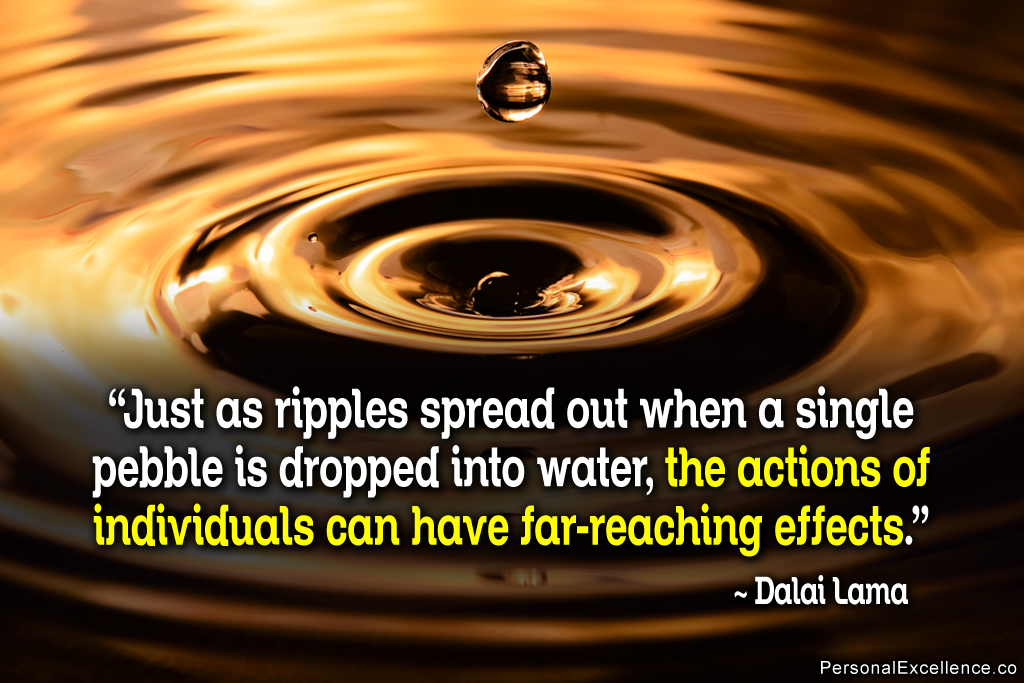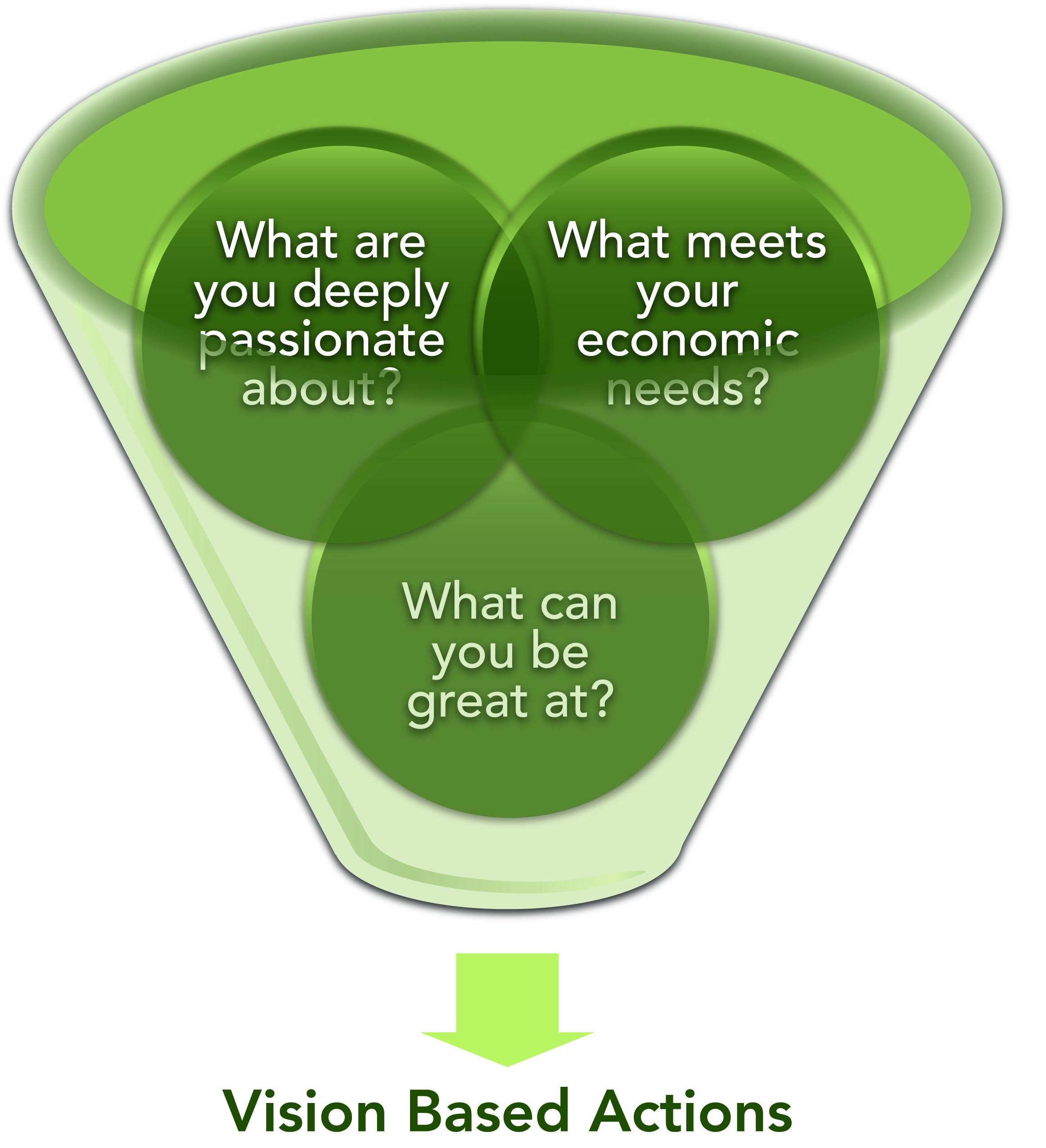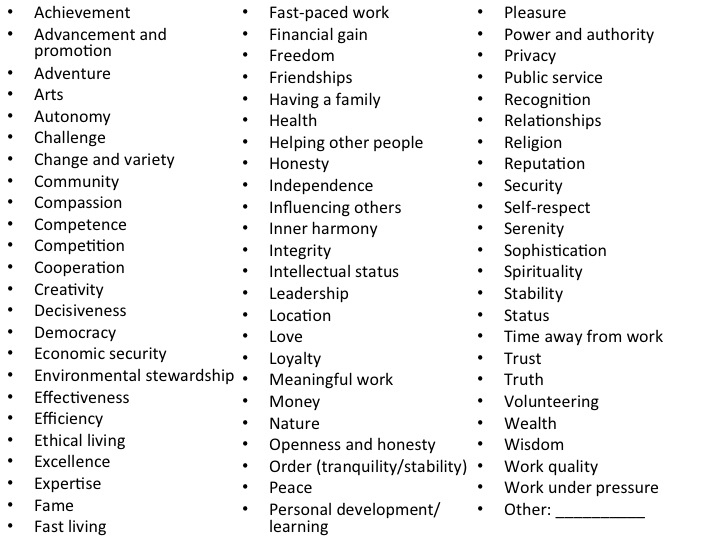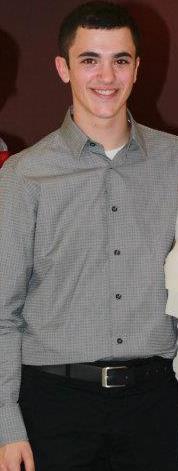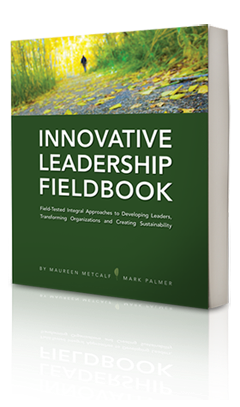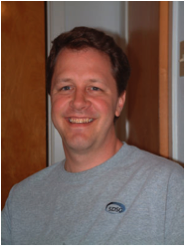Leadership 2050 – What does the Future of Leadership Look Like?
 This blog post was created by Susan Cannon, Maureen Metcalf, and Mike Morrow-Fox to explore what leadership looks like in 2050. You can read a more in-depth analysis when a full chapter is published by the International Leadership Association Building Bridges series in 2015. Current research on future trends indicates that increasing complexity, accelerating change, and near-constant uncertainty are ahead. This level of challenge will most certainly exceed the capability of any nation or leader to manage it. Historically, such times have catalyzed cultural evolution. As each new stage of human culture has emerged, the requirements of leadership have shifted accordingly. In the next 10-35 years, we expect a new and more complex stage of culture to emerge, “Integral” culture, bringing with it a new paradigm of technology and economy. This will require different leadership skills than in the past. We will refer to those skills as Strategist skills based on the work of developmental psychologist Susanne Cook-Gretuer. Research shows that Strategist Leaders have a lens that facilitates consistent, innovative problem-solving during stress and constraint.
This blog post was created by Susan Cannon, Maureen Metcalf, and Mike Morrow-Fox to explore what leadership looks like in 2050. You can read a more in-depth analysis when a full chapter is published by the International Leadership Association Building Bridges series in 2015. Current research on future trends indicates that increasing complexity, accelerating change, and near-constant uncertainty are ahead. This level of challenge will most certainly exceed the capability of any nation or leader to manage it. Historically, such times have catalyzed cultural evolution. As each new stage of human culture has emerged, the requirements of leadership have shifted accordingly. In the next 10-35 years, we expect a new and more complex stage of culture to emerge, “Integral” culture, bringing with it a new paradigm of technology and economy. This will require different leadership skills than in the past. We will refer to those skills as Strategist skills based on the work of developmental psychologist Susanne Cook-Gretuer. Research shows that Strategist Leaders have a lens that facilitates consistent, innovative problem-solving during stress and constraint.
We are not certain that L. Frank Baum never published a leadership text. Yet, his Wizard of Oz provides a rich metaphor emphasizing the intensity of change and the urgency of leadership that characterizes the next thirty-five years. With Dorothy on her bicycle, a Kansas storm provides the first antagonist of his drama. The sky darkens, the winds strengthen, and the world becomes an overwhelming, hostile milieu. As we gaze forward, our barometer of change foretells meteorological twisters and technological tornados that will be forceful, formidable foes. Dorothy turns to The Great and Powerful Oz, leader of the Emerald City, who appears to have situational control of his empire. However, his true leadership limitations became apparent when routine answers, distancing conventions, and dismissive formalities were challenged.
The smoke and mirrors that had so well served The Great and Powerful Oz are no match for complex problems demanding transformational answers. Our survey of the future shows that many of the upcoming challenges are as daunting as the return to Kansas from the Emerald City. Just as Dorothy requested of Oz, our leaders will need substance over presentation, and ability as well as tools. Given the challenges before us, effective leaders soon and beyond will not just need to “KNOW” about innovation, sustainability, and inclusion; they will need to “BE” innovators, transformers, and coalition builders. Come the year 2050, none of us will be in a metaphorical Kansas anymore.
Much like Dorothy learning to make her way in the new world of Oz, the need for leadership shifts accordingly as each new stage of human culture emerges. While already underway in small pockets, in the next 10-35 years, we expect this shift to grow in significance. This shift will require (and catalyze) what developmental researchers call “Strategist” leadership skills. Strategist Leaders have a developmental lens that facilitates consistent, innovative problem-solving that endures during times of stress and constraint. They are roughly aligned with the Level 5 Leader referenced by Jim Collins in his best-selling business book Good to Great. The authors have established a Competency Model to help develop the Strategist Leaders that society and organizations will require to navigate this new cultural paradigm effectively.
Strategist leaders are uniquely prepared to navigate the complexities of the coming global interconnected world both behaviorally and developmentally. Strategist leaders have also been linked to attaining the highest business results. In a study of CEOs, researchers David Rooke and William Torbert found that strategists had the greatest ability to create transformational results for their companies. These transformations included profitability, market share, and reputation over four years.
Equally as important as the behaviors and the results, the key to the effectiveness of the Strategist leader is that these behaviors are not born of external prompting or skill mimicking. They are intuitive, innate actions arising from developmental maturity. Strategist leaders don’t have to examine innovation because they are innovational, they don’t need to ponder transformation because they are transformational, and they don’t need to study collaboration because they have become collaborative. This ‘being’ rather than ‘acting’ facilitates a clarity and consistency that endures during times of stress and constraint.
Author and developmentalist Ken Wilber claims that while only about 2% of the world population has reached the Strategist level, it could potentially reach 10% within another decade. However, this is not a foregone conclusion. Much will depend upon the conditions and environments of influential institutions such as business, government, nonprofits, and education.
photo credit: www.flickr.com Brett Kiger

